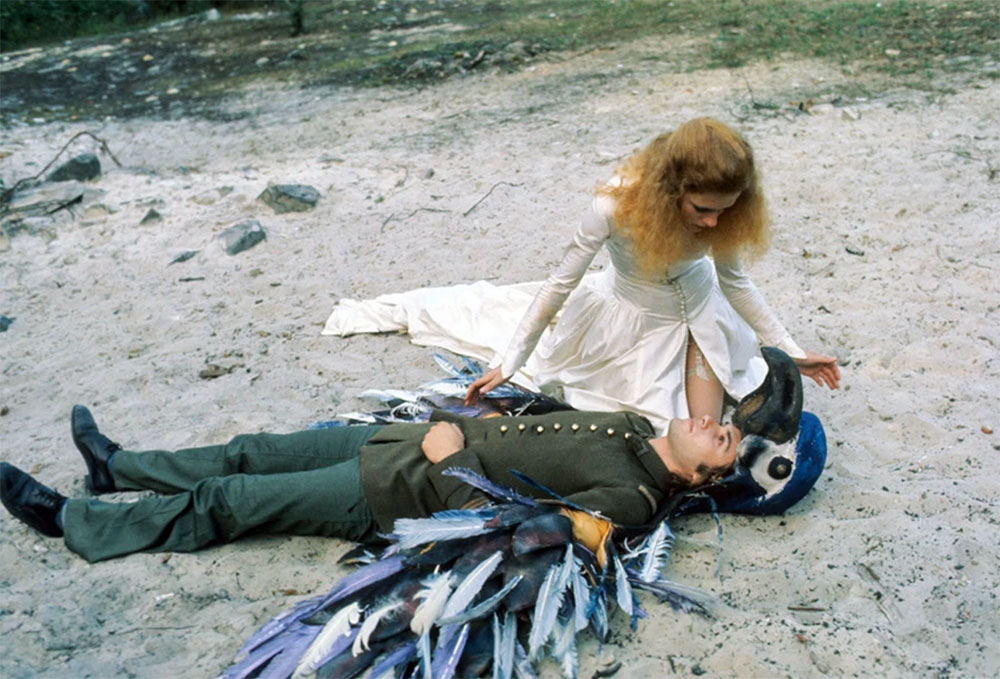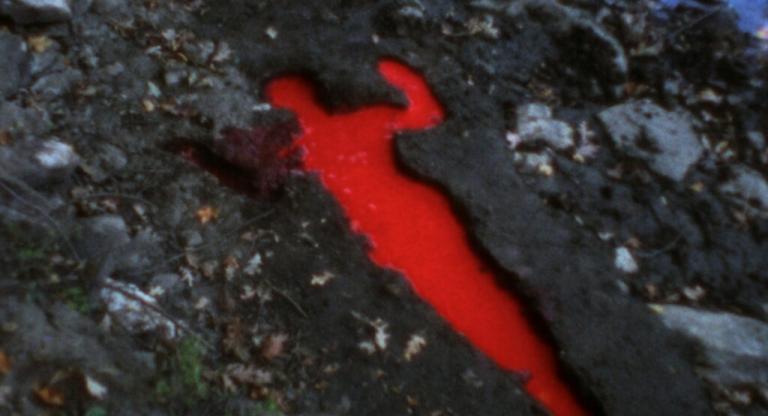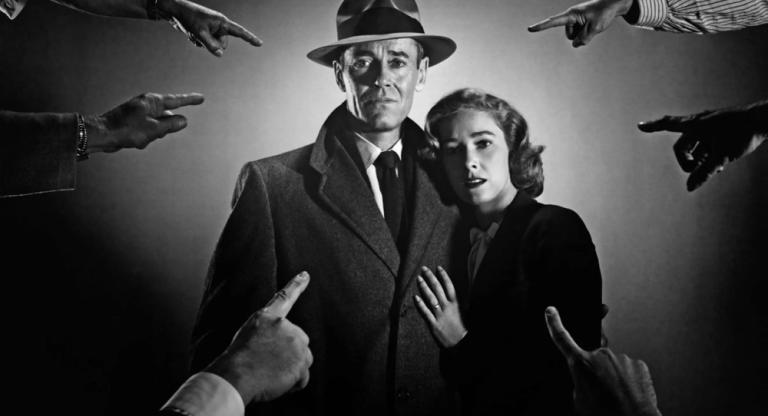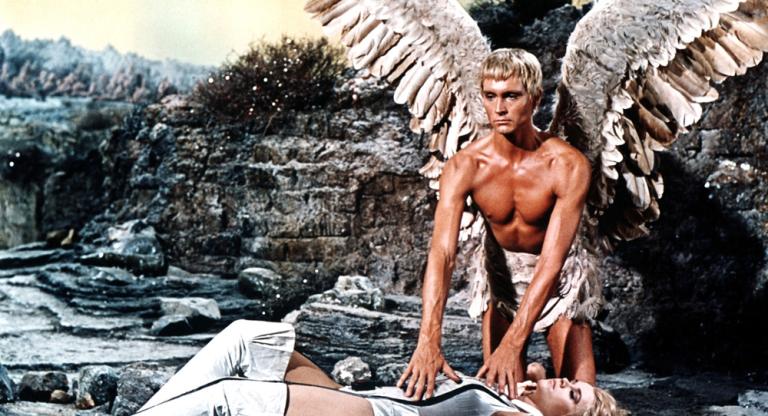Never an outcast yet never an insider, Niki de Saint Phalle has only recently begun to be recognized by mainstream institutions. A 2021 MoMA PS1 retrospective sought to energize the public with the brighter side of de Saint Phalle’s oeuvre. From shooting her paintings with a gun to constructing a giant sculpture garden in Tuscany, her work spanned the playful to the esoteric. Her sophomore film begins with a Tarot reading; the cards, like much in Un rêve plus long que la nuit (1976) are hand-drawn. The artist crafted life-size birdwings, a scaly dragon suit, and gorgeous title cards. A brief interstitial animation depicting a charming universe plays like an earlier impish version of a Helen Hill short. In this sumptuous film, the kitsch and the sexual collide. De Saint Phalle’s own daughter plays a young girl, Camelia, who longs to be an adult woman. In a dream, she enters the Kingdom of the Dragon.
Camelia’s dream seems horrific until she settles into the strange logic of her kingdom. Her guardian dragon has been crafted by toy guns painted green. The dark maternal witch and the good father roam around the forest. The sorceress has a black horse and a mysterious, onyx-colored henchman. Metallic men signify lizards, men in black leather are fascists. An ethereal soundtrack of synths and drums usher Camelia into the adult world. She encounters a man selling death. A mistress offers her a way out of the industrial world through sex work, by which Camelia seems both fascinated and terrified.
Camelia does not want to have sex. She wants love. Men with giant wooden phalli have choreographed sex with the scantily-clad diamond women as Camelia hides and watches. The phalli explode in glitter and feathers. The women sell the scene, rubbing petals and feathers on their faces and stomachs as if it is truly cum. One of de Saint Phalle’s iconic Nana sculptures sits like a prismatic voyeur in the fireplace. The allegory of deflowering haunts the young Camelia at every turn. She escapes both her mistress and a powerful king who wants to marry her, but only just. Patriarchy is nothing to sneeze at.
Niki de Saint Phalle was abused by her father. Much has been made of her reclamation of the feminist movement in later life to contextualize this earlier trauma. Certainly, an Oedipal reading of the film is possible. But de Saint Phalle goes beyond an individual psychoanalytic reading to depict the harrowing relationship between men and war. The grand finale of Un rêve is a battle between men seeking to take Camelia’s virginity. Almost comically, they climax at each other with cannons and sparklers. “Only a woman could use those destructive contraptions that man has imagined for a constructive end,” de Saint Phalle once said. Her erotic art illuminated these constructive ends, the chaotic creative energy of the body. She believed in the ebb and flow of life. A suicide attempt led her to become an artist. Rage, sex, childhood, and joy all bubbled in the same rainbow cauldron: “Every fairy tale contains a long quest before you find the treasure.”
Un rêve plus long que la nuit screens this evening, October 3, and throughout the New York Film Festival, the North American premiere of a new digital restoration.



